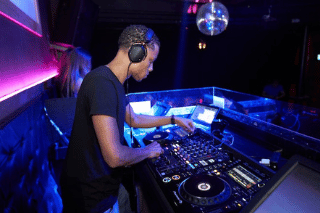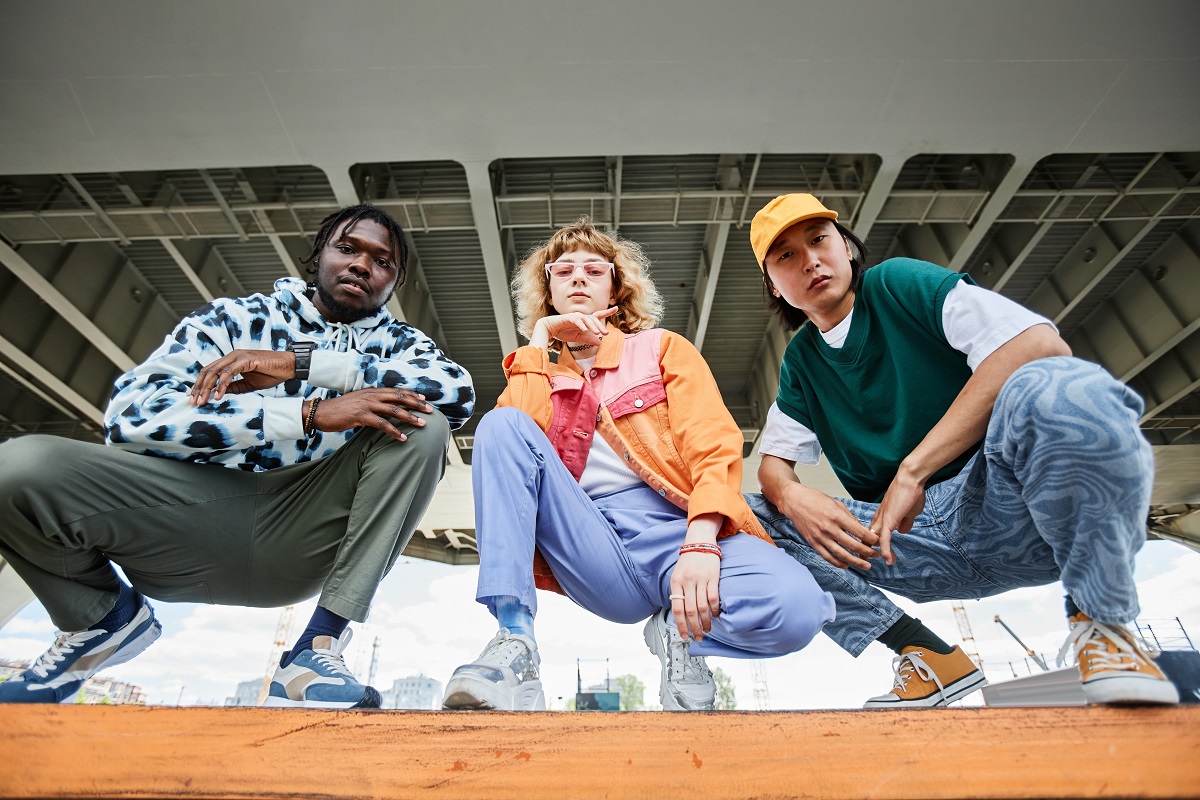Disco culture: A vibrant, energetic movement
The Birthplace of Disco Culture
The birthplace of disco culture can be traced back to the underground clubs of New York City in the early 1970s. These clubs, such as the Paradise Garage and Studio 54, provided a haven for marginalized communities, including African Americans, Latinos, and the LGBTQ+ community. It was in these clubs that disco music, characterized by its pulsating beats and infectious melodies, found its home.
Key Figures in the Development of Disco Culture
One of the key figures in the development of disco culture was DJ David Mancuso, who hosted legendary parties at his loft known as The Loft. Mancuso’s parties were known for their inclusive atmosphere and non-commercial nature, focusing solely on the music and the experience. These parties laid the foundation for the sense of community that would come to define disco culture.
The Mainstream Success of Disco
As disco music gained popularity, it began to permeate the mainstream. The release of the film “Saturday Night Fever” in 1977, starring John Travolta, catapulted disco into the spotlight and brought it to a wider audience. The film’s soundtrack, featuring hits by the Bee Gees, became one of the best-selling albums of all time and solidified disco’s place in popular culture.
The Role of Fashion in Disco Culture
Alongside the music, fashion played a crucial role in disco culture. The disco era was characterized by glitz, glamour, and excess. Disco fashion was all about making a statement, with sequins, platform shoes, and bell-bottom pants being the go-to choices for partygoers.
The Vibrant Atmosphere of Disco Clubs
The dance floor was another integral part of disco culture. The dance moves of the era, such as the Hustle and the Electric Slide, became synonymous with the genre. Disco clubs were known for their elaborate light shows and mirrored balls, creating a visually stunning environment that encouraged people to let loose and dance the night away.
The Backlash Against Disco Culture
However, as disco culture gained mainstream popularity, it also faced a backlash. In the late 1970s, a movement known as “disco sucks” emerged, fueled by a perception that disco was shallow and commercial. This led to the infamous “Disco Demolition Night” at Chicago’s Comiskey Park in 1979, where thousands of disco records were destroyed in a promotional event that quickly turned into a riot.
The Enduring Impact of Disco Culture
Despite the backlash, disco culture left a lasting impact on music and popular culture. Elements of disco can be heard in genres such as house, electronic, and dance music, and its influence can still be seen in fashion and dance today. Disco culture paved the way for future movements that celebrated inclusivity and self-expression on the dance floor.
Key Takeaways
- Disco culture originated in the underground clubs of New York City in the 1970s and quickly gained mainstream popularity.
- Disco music, characterized by its pulsating beats and infectious melodies, became a cultural phenomenon.
- Fashion played a crucial role in disco culture, with glitz and glamour defining the era’s iconic looks.
- The dance floor was an integral part of disco culture, with dance moves and elaborate light shows creating a vibrant atmosphere.
- Despite facing backlash, disco culture left a lasting impact on music, fashion, and popular culture.
If you’re passionate about the music industry and want to learn more about its rich history and evolution, consider taking the “NYU x Billboard | Music Industry Essentials” online course and certificate program offered by Yellowbrick. This comprehensive program, developed by New York University in collaboration with Billboard, will provide you with valuable insights and knowledge to kickstart your career in the music industry. Don’t miss this opportunity to deepen your understanding of the industry and gain a competitive edge. Enroll today and embark on an exciting journey into the world of music!




